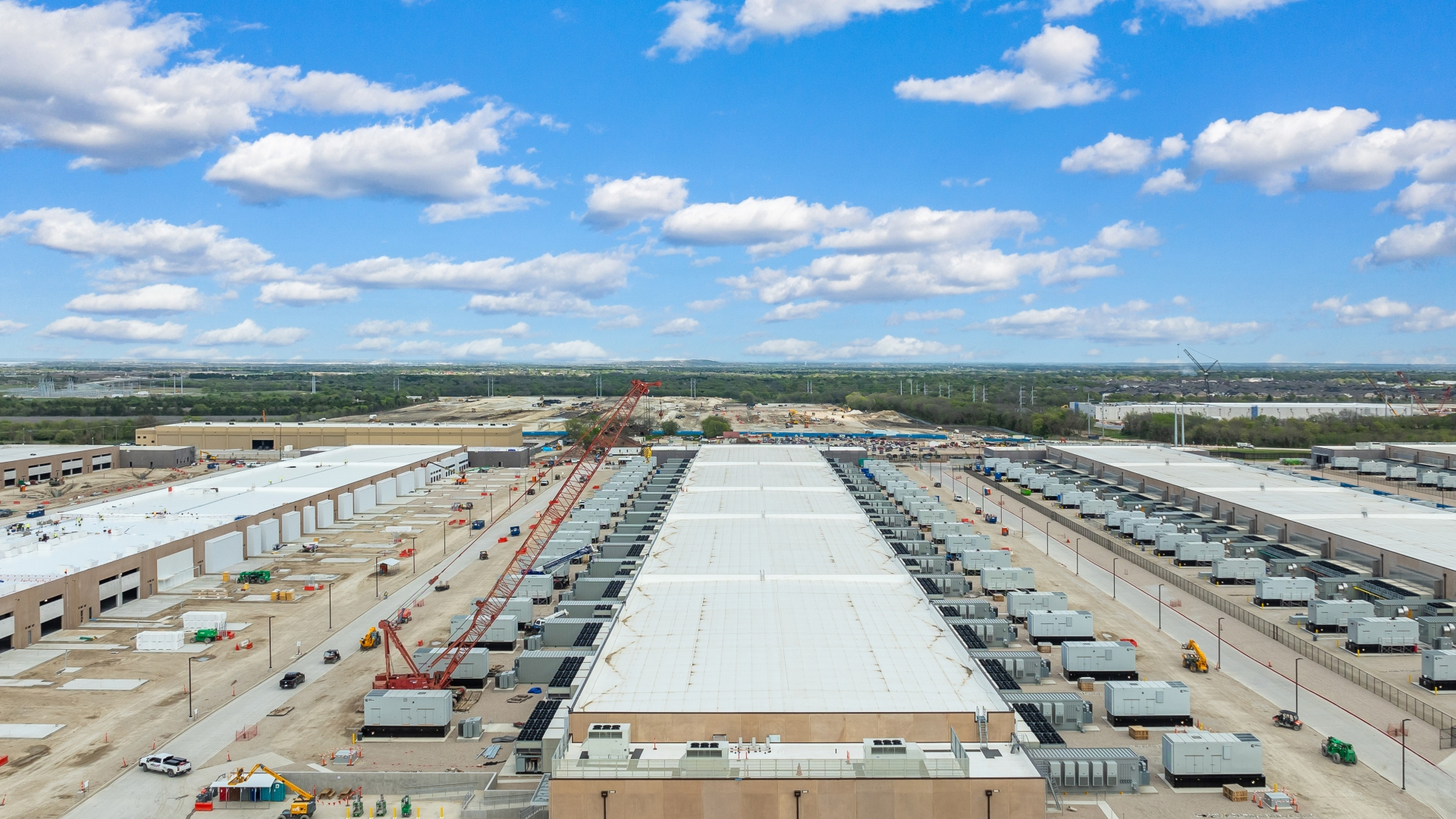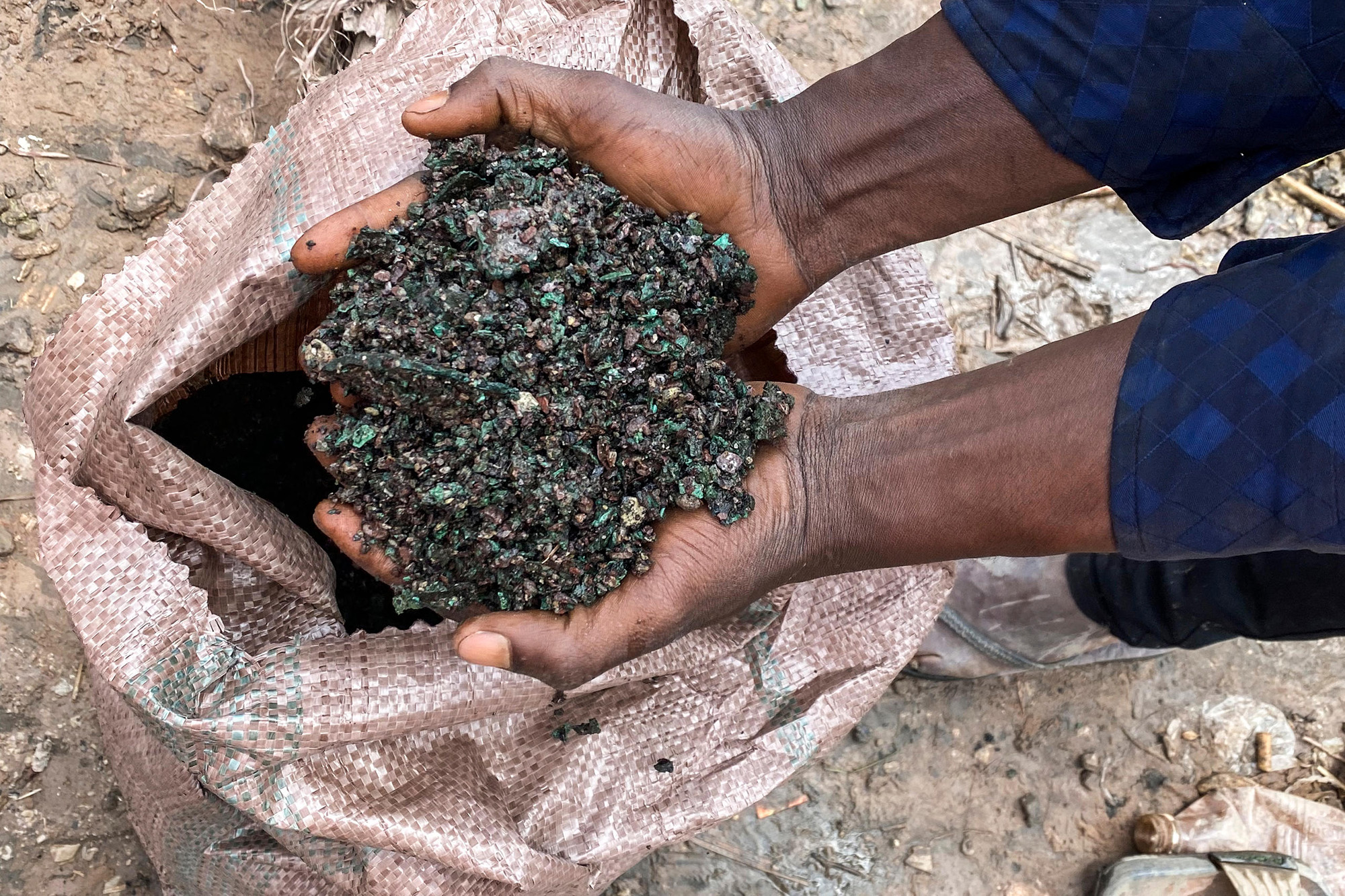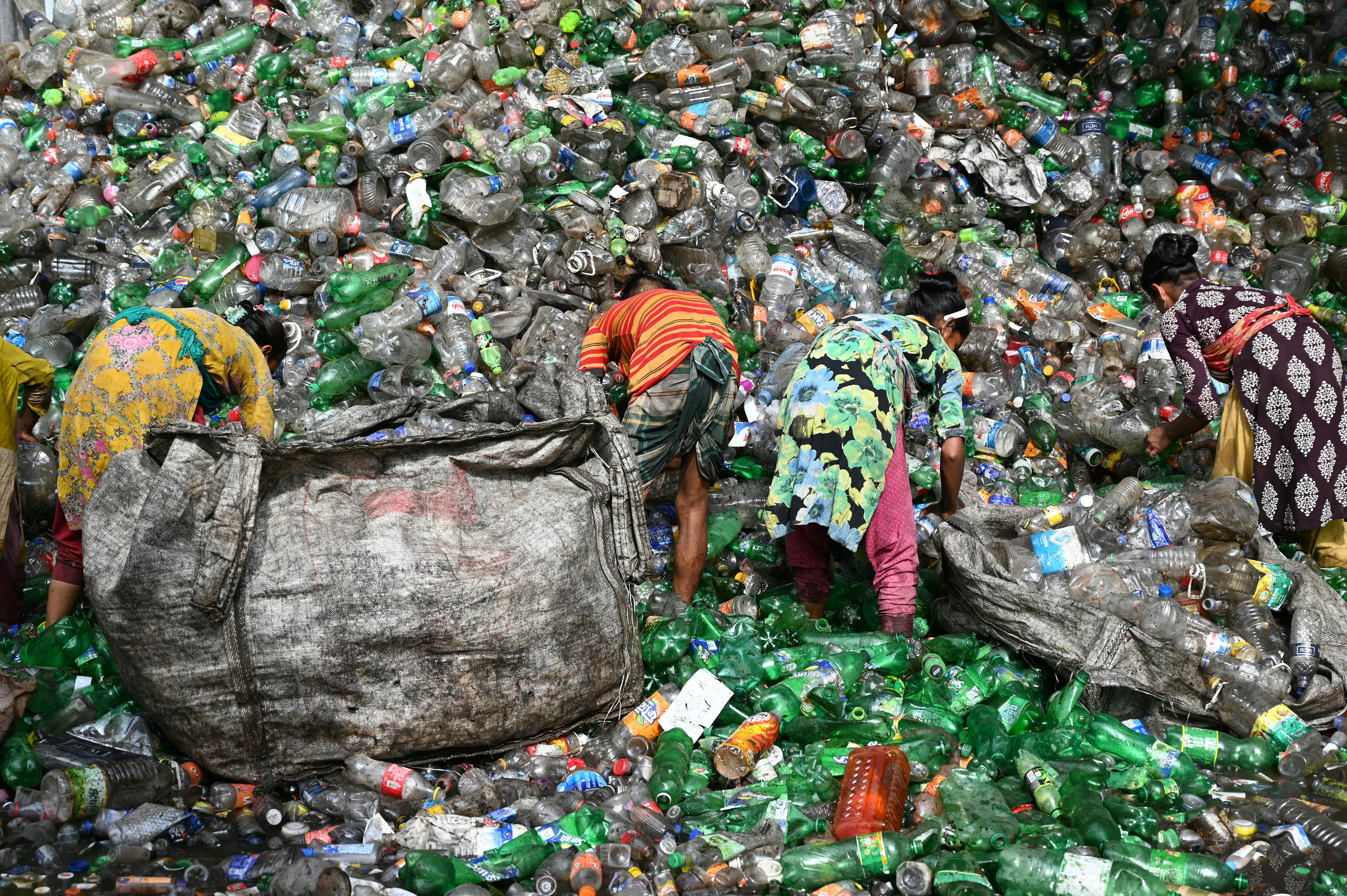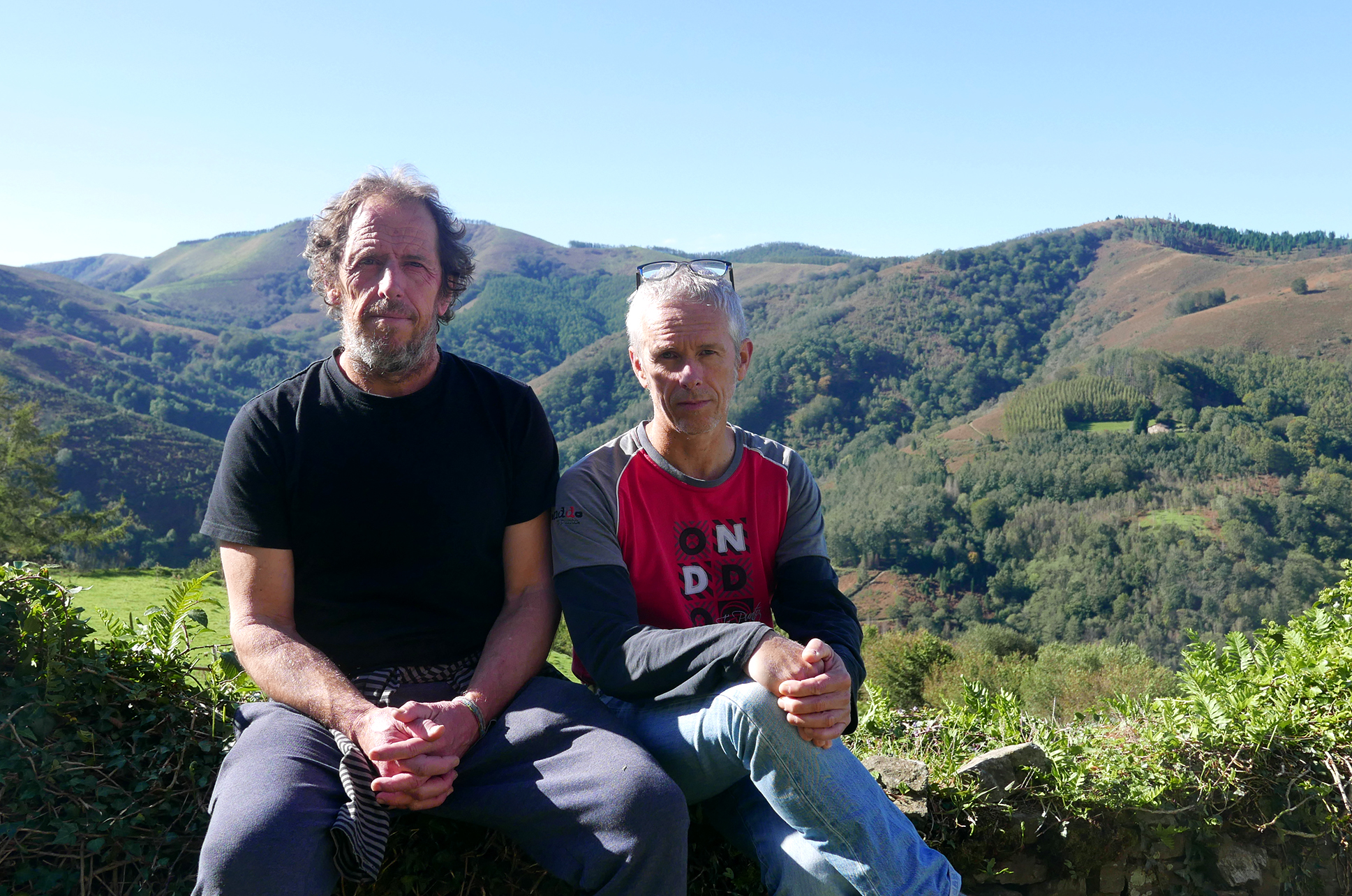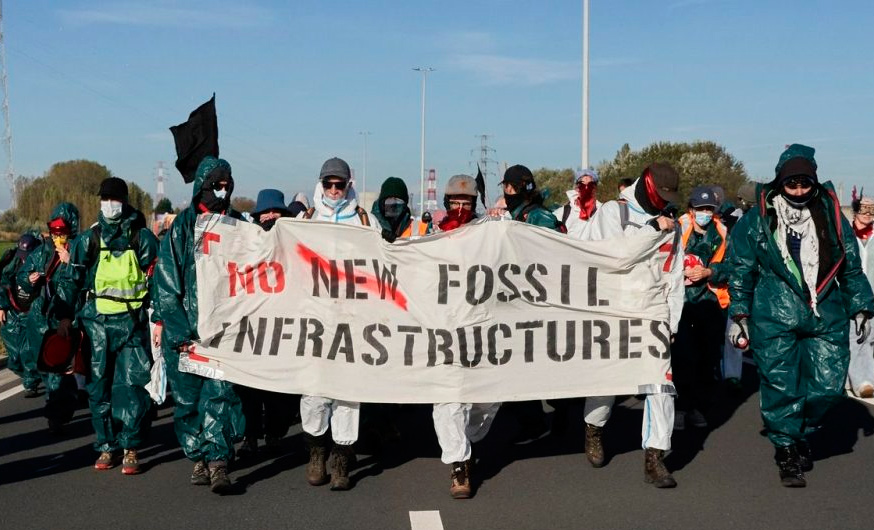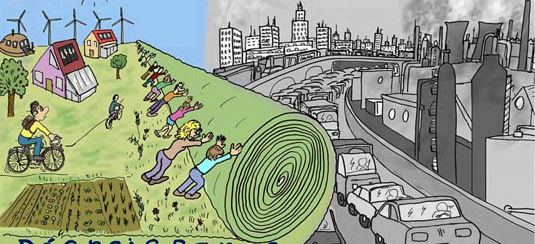Europe entangled with the "Nord Stream 2" pipeline in competition from Moscow and Washington
- European Union EE.UU. and Russia are entangled in a tube of 1,200 kilometres of gas pipeline transporting gas from Russia to Germany, hijacking the intrinsic relations between Russia. The cold and heat of the Ukrainian war, the tensions surrounding the imprisonment of the Russian opposition politician, Alexei Navalny, the European brovedilla of the Sputnik vaccine… cannot be fully understood without knowing that of Nord Stream 2.
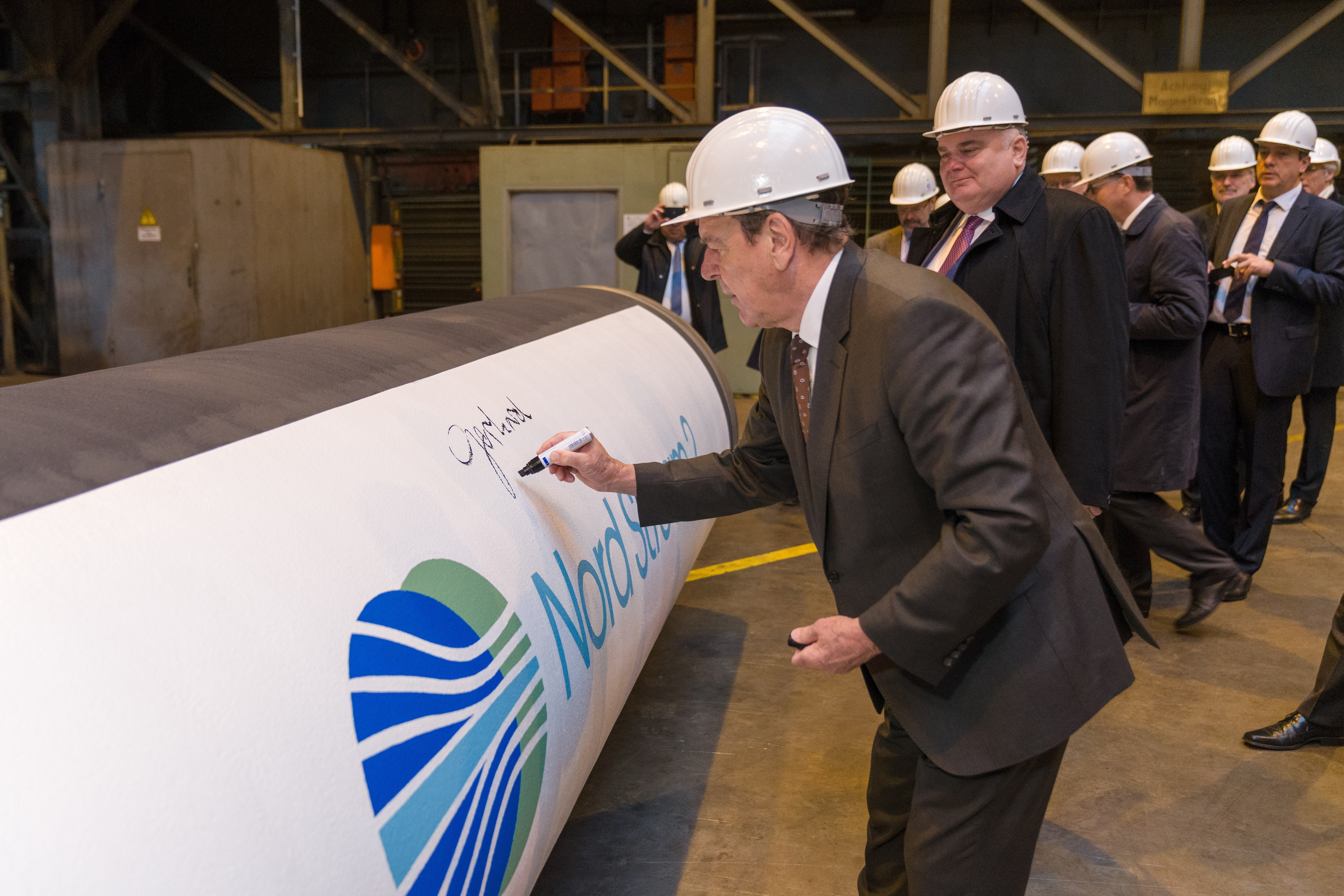
In the strategies to deal with the energy crisis, since not everything is windmill, photovoltaic plate and hydrogen, a strong battle is being fought these months in the European Union around the gas to be brought from abroad. Without taking into account the gas component, the confrontations that Europe is experiencing in the midst of the clash between Moscow and Washington cannot be fully understood. At Le Monde Diplomatique in May, the economist Mathias Reymond and the editor-in-chief of the newspaper Pierre Rimbert explained the main strands of the conference.
Nord Stream is a 1,200 kilometre tube that transports gas from the Russian city of Vyborg to the Greifsword of Germany through the Baltic Sea. With 55,000 million cubic meters of natural gas per year, they opened their first pipeline in 2011. To give an idea, in 2019 the French state consumed a total of 43,400 million cubic meters. The second, Nord Stream 2... which has been complicated in the new cold war between the United States and Russia, wanted to add so that the flow of Russian gas reaches 110,000 cubic meters.
Western Europe has been supplying gas from the Soviet Union since 1970, gas pipelines that served as a bridge between the communist bloc and the capitalist, offering a stable supply to Western companies. In 1982, Ronald Reagan began punishing this traffic from the United States, but that was when the European Union, made up of 10 countries, faced it. In 1989 the European Union and NATO took the land of the fall of the Berlin Wall, the fall of the Soviet Union, the orbit of the Soviet Union… and tensions began in the European Union itself around the gas infrastructures west of Siberia. And soon EE.UU. He put the tip back in.
Little was said by the Americans when they built the Nord Stream tube along the Baltic between 2005 and 2011. With the second tube, however, they draw all the artery from economic sanctions, forcing them to stop at Nord Stream 2 and flee many of the companies participating in the project. The attack of EE.UU is based on several factors. First, Liquefied Natural Gases (LNG).
If gas supply contracts for pipelines are signed for long years, what is liquidated in remote sources and brought by boat leaves the buyer more freedom in the negotiation. It has its technological and economic problems, but LNG has become fashionable, one third of what Europe consumes by the sea and in 30 ports it already has infrastructure to land this gas. The truth is that EE.UU. They're the ones that produce the most natural gas in the world, basically taking land with fracking technology, and in Europe it's the most attractive market to sell in LNG format.
The other component of the conflict is the Ukraine. The main tube that satisfied Europe from Russia was the one that crossed Ukraine for a long time and the Ukrainians were trying to squeeze out that legacy that had left the era of the Soviet Union in exchange for having the mid-channel key open to the Russians at better prices and conditions. The loss of the 2014 crime and the recent Donbass war, which has suffered a warming, cannot be understood without a gas dispute. Furthermore, to avoid Ukraine, Moscow has carried out a double movement of infrastructure: construction of a new pipeline south through Turkey to reach through Bulgaria and Serbia to Hungary and Austria, and from the north add the second to the Nord Stream pipeline.
GERMANY DOES NOT YIELD
Obama and Trump have been against the Baltic gas pipeline in the US, and so it is in Bide, Democrats and Republicans agree that the Yankees argue that Nord Stream leaves Europe and above all Germany under the energy of Russia in summer 2020 have launched a clear threat: They have been threatened with the same economic penalties prepared for Russia, Iran and North Korea, “withdrawing visas and goods from all those who work with the vessels that are building tubes that want to take to Germany or Turkey”. According to this law, Russian gas threatens Europe’s energy security, but not the liquefied natural gases that it sends from the US to Europe’s docks.
Within the European Union, there were already countries in Poland and the Baltic against the North Tube. On the contrary, Germany, with the support of other Central European States, maintained its strategy towards the exit of nuclear energy by 2022 and coal by 2038, considering that renewable energies need natural gas as they gain strength. Emmanuel Macron, from France, has eaten the word given to Merkel and has joined the rivals of Nord Stream, with reference to the risks of dependency on the Russians, who are likely to cover another competition with Germany.
Before, however, the change was brought about by the European Commission. In July 2018, Donald Trump, threatening to tighten U.S. taxes on European exports, managed to give way to Brussels on this issue: The European Union approved a review of its entire gas strategy, empowering liquefied natural gas and removing imported from pipelines. In the fomulation of the trumpas, prioritize the ‘gas of freedom’ against the ‘totalitarian tubes of gas’.
Pierre Rimbert wrote that “in old Europe the United States knows that they now have a stronger ally than Poland: Liberal dogmatism of the Brussels authorities. In fact, a few months after Juncker and Trump signed the US gas treaty, the European Parliament adopted on 17 April 2019 the gas directive in force since 2009, driving LNG from America and other countries.”
When will Nord Stream 2 gas arrive? You can't tell for today. At 1,200 kilometres of giant eel, it is a few dozen kilometres to reach the German coast, as they have made investments amounting to EUR 9,500 million and the media have expanded that Fortuna is working on the execution of the work, with the collaboration of Katun and Hamburgski Issledobate, the logistic steamers. Finally, following the refusal of many European companies to the project, Russia has assumed the construction of the last kilometres. The source will therefore be ready in Germany shortly to reach 55,000 million cubic metres of gas a year.
Analysts say that Germany will be able to soften EE.UU. through loxintx. Many companies and authorities maintain the idea of Nord Stream there. Strategies to prevent the punishments of the Yankis are also developed in Western Pomerania and in other ‘lands’. In addition, the elections are announced by 26 September. In Euskal Herria, they will also be waiting for the surveys.
The Centre Tricontinental has described the historical resistance of the Congolese in the dossier The Congolese Fight for Their Own Wealth (the Congolese people struggle for their wealth) (July 2024, No. 77). During the colonialism, the panic among the peasants by the Force... [+]
The update of the Navarra Energy Plan goes unnoticed. The Government of Navarre made this public and, at the end of the period for the submission of claims, no government official has explained to us what their proposals are to the citizens.
The reading of the documentation... [+]
Environmental activist Mikel Álvarez has produced an exhaustive critical report on the wind macro-power plants that Repsol and Endesa intend to build in the vicinity of Arano and Hernani of the region. In his opinion, this is "the largest infrastructure of this kind that is... [+]
Recently we have had other arguments to convince us of the need for macro-projects in the surroundings of Euskal Herria. An example of this was the article published on the website of the EHNE of Bizkaia to one of the participants of the Ecosocial Jump initiative: "For... [+]
On 3 September the Official Bulletin of Navarre published the announcement by the Government of Navarre announcing the update of the Navarre Energy Plan. This should be an important step for the future of our community, taking into account the importance of energy and its use... [+]
I don't know if we're hit by heat waves anymore, if it's a normal hypocrisy or a systemic logic, but the gap between what we know, what we say and what we do, beyond concern, surprises me, especially in a summer environment. News, research, social media interactions… constitute a... [+]











